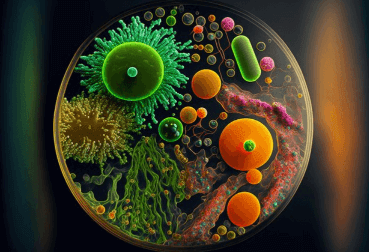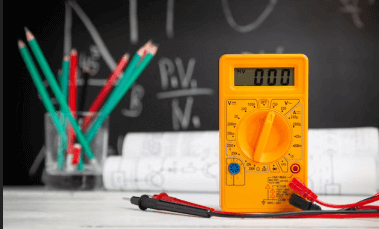Question
a.
1 molar
b.
2 molar
c.
3 molar
d.
4 molar
Posted under Basic Chemical Engineering
Interact with the Community - Share Your Thoughts
Uncertain About the Answer? Seek Clarification Here.
Understand the Explanation? Include it Here.
Q. In a steady-state reactive system, 1 molar each of NaOH and HCl are supplied to the system both at the rate of 100 L/min, then what is the amount of NaCl produced?
Similar Questions
Explore Relevant Multiple Choice Questions (MCQs)
Q. In a steady-state reactive system, NaCl and H₂CO₃ are supplied to the system at the rate of 200 L/min and 100 L/min respectively, what is the rate at which Na₂CO₃ is produced?
View solution
Q. In a steady-state reactive system, 2 molar NaCl and 1 molar H₂CO₃ are supplied to the system both at the rate of 100 mole/min, then how much Na₂CO₃ produced?
View solution
Q. In a steady-state reactive system, 5 molar CH₄ and 5 molar O₂ are supplied to the system, then what is the amount of CO₂ produced?
View solution
Q. In a steady-state reactive system, 5 molar KNO₃ and 5 molar H₂SO₄ are supplied to the system, then what is the amount of K₂SO₄ produced?
View solution
Q. The flow in rate of HCl and NaOH in a system are 1 mole/hr each what is the flow out rate of NaCl?
View solution
Q. The flow in rate of H₂SO₄ and NaCl in a system are 2 mole/hr each what is the flow out rate of HCl?
View solution
Q. The flow in rate of CH₄ and O₂ in a system are 2 mole/hr each what is the flow out rate of CO₂?
View solution
Q. The flow in rate of C₃H₈ and O₂ in a system are 2 mole/hr each what is the flow out rate of CO₂?
View solution
Q. The flow in rate of C₆H₆ and H₂ in a system are 3 mole/hr each what is the flow out rate of C₆H₁₂?
View solution
Q. A batch process is that in which material enters the system and _____ which of the following should fill the gap?
View solution
Q. A semi-batch process is that in which material enters the system and _____ which of the following should fill the gap?
View solution
Q. A semi-batch process differ from an open process in which of the following?
View solution
Q. A semi-batch process differ from a closed process in which of the following?
View solution
Q. Tap filling a jar with water is an example of which of the following process?
View solution
Q. Water flowing in plants from tap through a pipe, the process is an example of which of the following process?
View solution
Q. Water boiling in a container is an example of which of the following?
View solution
Q. Two reactants enters a vessel and a reaction is carried out, it is an example of which of the following?
View solution
Q. In a batch process, 70 Kg of H₂O and 10 Kg of NaOH and some other reactants enters the vessel, if 100 Kg of product leaves the vessel, what is the percentage of H₂O in the product?
View solution
Q. 10 Kg of oil is burnt in a container and taken off from the container if 1% of oil remains on the container wall, how much oil is taken off?
View solution
Q. In a batch process, 50 Kg of H₂O and 40 Kg of CO₂ entered a vessel with some H₂O, if 100 Kg of product leaves the vessel, what is the percentage of H₂O in the product?
View solution
Recommended Subjects
Are you eager to expand your knowledge beyond Basic Chemical Engineering? We've handpicked a range of related categories that you might find intriguing.
Click on the categories below to discover a wealth of MCQs and enrich your understanding of various subjects. Happy exploring!








